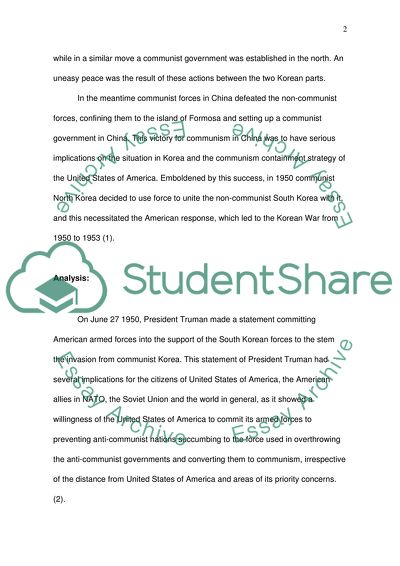Cite this document
(Analysis of the Korean War Coursework Example | Topics and Well Written Essays - 1750 words - 1, n.d.)
Analysis of the Korean War Coursework Example | Topics and Well Written Essays - 1750 words - 1. https://studentshare.org/history/1708528-the-korean-war
Analysis of the Korean War Coursework Example | Topics and Well Written Essays - 1750 words - 1. https://studentshare.org/history/1708528-the-korean-war
(Analysis of the Korean War Coursework Example | Topics and Well Written Essays - 1750 Words - 1)
Analysis of the Korean War Coursework Example | Topics and Well Written Essays - 1750 Words - 1. https://studentshare.org/history/1708528-the-korean-war.
Analysis of the Korean War Coursework Example | Topics and Well Written Essays - 1750 Words - 1. https://studentshare.org/history/1708528-the-korean-war.
“Analysis of the Korean War Coursework Example | Topics and Well Written Essays - 1750 Words - 1”. https://studentshare.org/history/1708528-the-korean-war.


